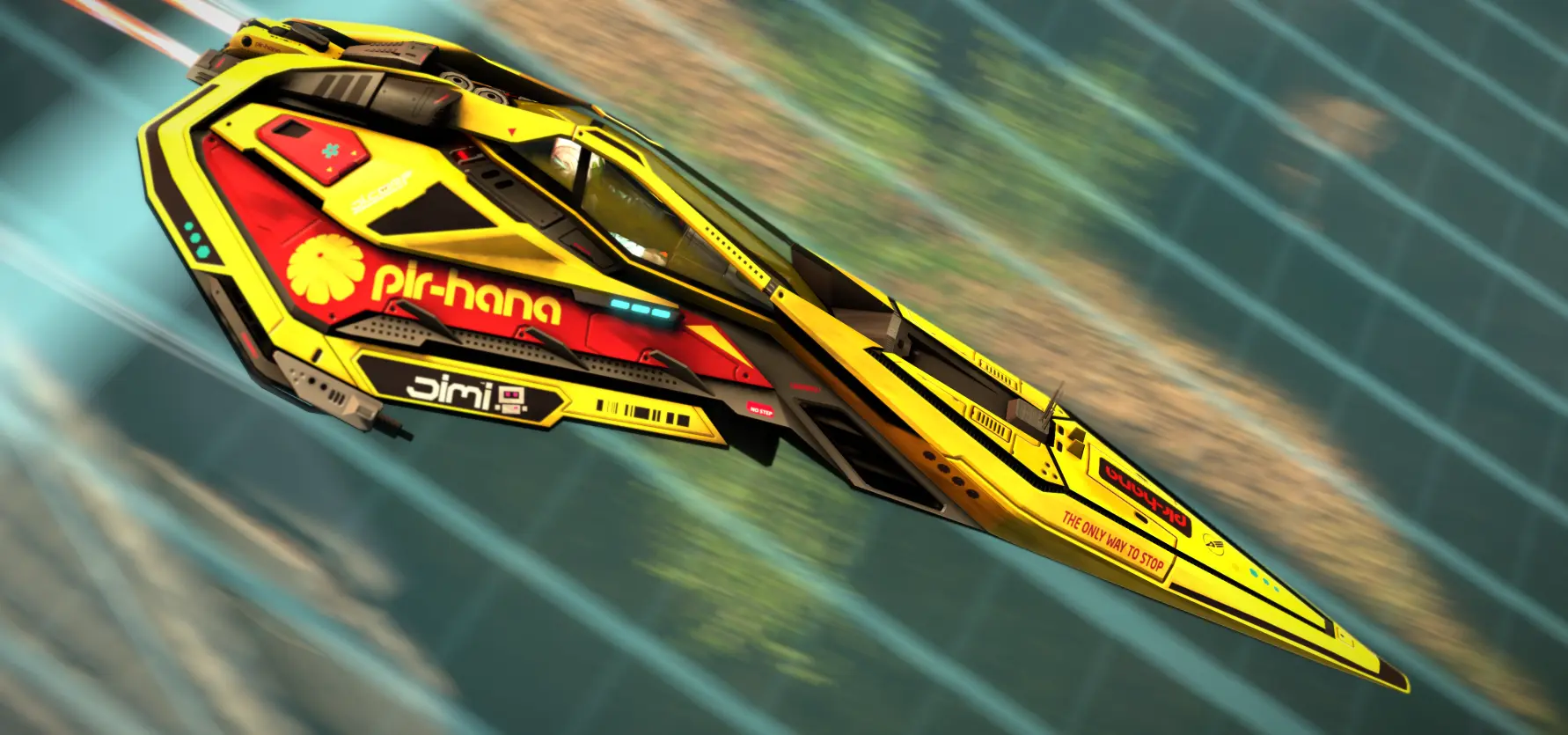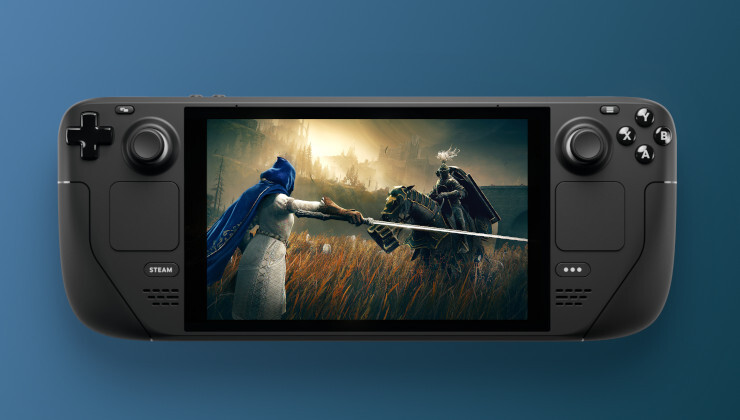

Short of answering any questions about a product I ask, all of them.
If I want or need something, I will come looking. Anything beyond that is the market trying to solicit demand where none need exist.
So much waste could be eliminated if that just… Stopped.









Well, Endeavour is just arch. If you want, you can achieve the same install that has only the things you need, by removing things instead of just adding.
IMO it starts off closer to the config most people want, so it’s less work to take it the rest of the way.